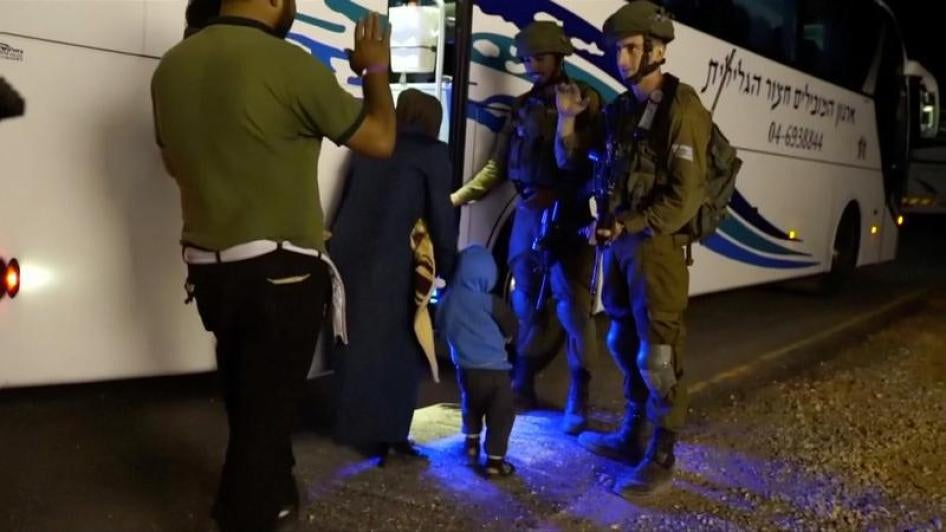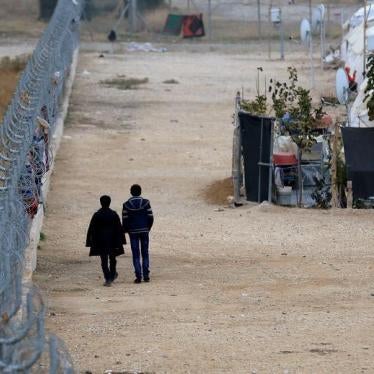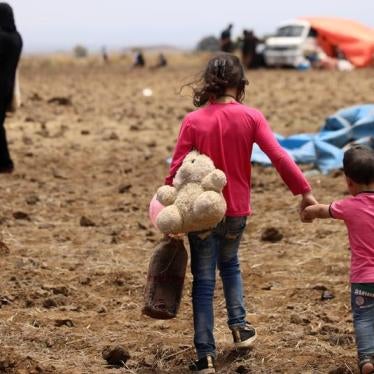The evacuation last weekend of 422 members of the White Helmets and their relatives from advancing Syrian government forces was a model of cooperation among multiple parties aimed at saving the lives of Syrians under imminent threat.
If only we could see more of that.
The White Helmets is a humanitarian group that operates in anti-government held areas. While the Syrian-Russian military coalition conducted indiscriminate attacks on civilian populations in areas like Eastern Ghouta, Idlib and now, Daraa and Quneitra, the White Helmets were pulling the injured from under rubble, burying the dead, putting out fires, and conducting countless search and rescue operations. They bore witness to many of the atrocities that characterized the conflict.
The Syrian government and its Russian ally have accused the White Helmets of being terrorists. That designation is an effective death sentence in Syria, as overbroad terrorism laws enable the government to detain, torture, and execute perceived opponents without due process.
The evacuation is significant not only because it provided much needed protection for the White Helmets, but because it happened despite Jordan and Israel’s insistence on not allowing Syrian asylum seekers fleeing violence in Daraa and Quneitra to seek protection in territories under their control.
As Human Rights Watch documented, the June 17 Russian-Syrian military offensive on southwest Syria resulted in one of the fastest-growing displacement crises in Syria, with more than 300,000 fleeing in the direction of Jordan and the Israeli-occupied Golan Heights. Both Jordan and Israel refused to accept Syrian asylum-seekers.
They have not been alone. Turkey has also pushed asylum seekers back at its border and Lebanon is stepping up pressure on Syrian refugees to leave. Meanwhile, the United States and members of the European Union have scaled back Syrian refugee resettlement or maintain policies that have made it difficult, if not impossible, for Syrians to resettle.
What made the evacuation so exceptional was that it was the result of a joint effort by several countries to share responsibility for protecting the group. The United Kingdom, Germany, and Canada promised to resettle the fleeing humanitarians and their families, while Israel facilitated the evacuation by permitting them to pass through areas it controls and Jordan agreed to host them pending their resettlement.
But today, 140,000 Syrians remain stranded near the Golan, living under horrid humanitarian conditions. They include journalists, first responders, and civilians who also fear retaliation by the Syrian government and have no guarantees of protection.
The White Helmets’ evacuation proves that where the will exists, a collective commitment by countries to protect Syrian civilians makes an immediate and tangible difference. Now is the time to do more.










